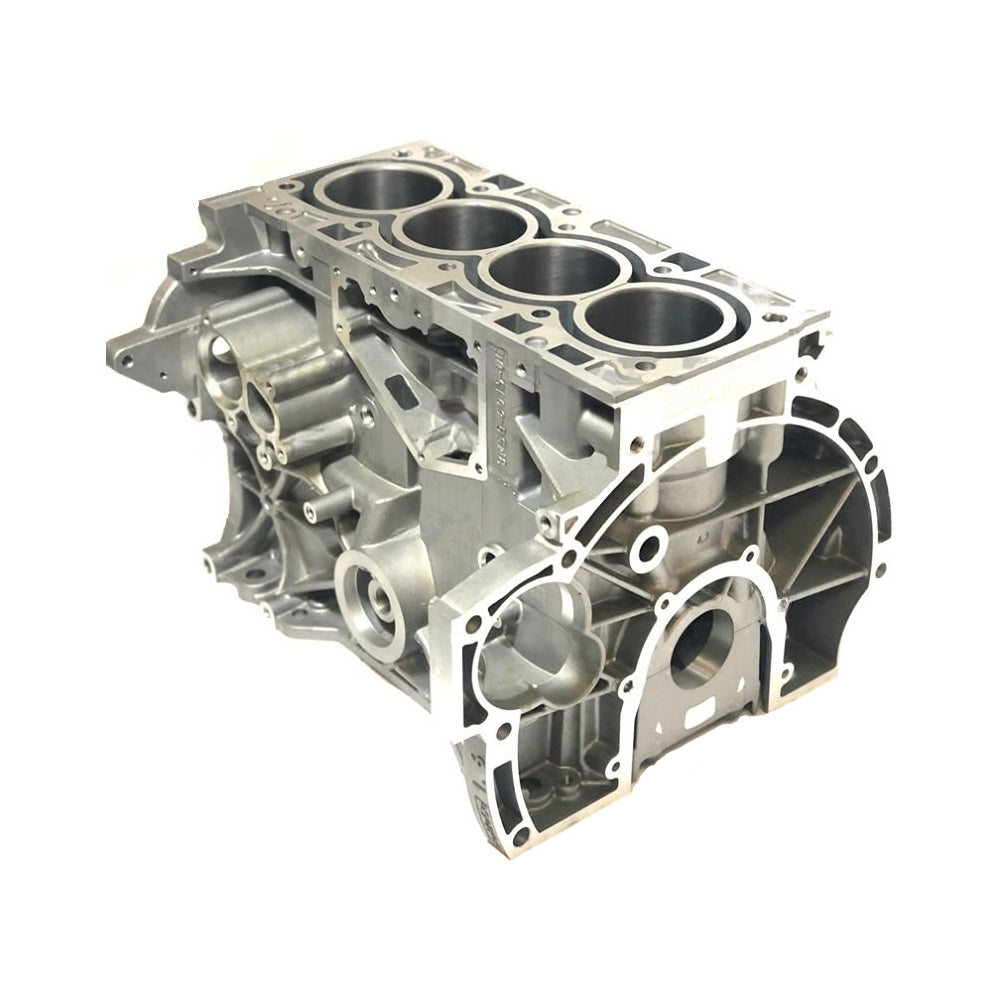How to Maintain Your Ford Fiesta Engine for Long-Term Performance
How to Maintain Your Ford Fiesta Engine for Long-Term Performance
Blog Article
Checking Out the Evolution of Engines: From Classic Designs to Modern Marvels
From the first heavy steam engines that powered the Industrial Change to the development of interior burning engines that changed mobility, each stage has actually added to greater effectiveness and capability. As we examine these landmarks, one need to think about exactly how the future of engine layout might unravel, testing our understandings of power and efficiency.
The Birth of Engine Technology
The advent of engine technology noted a critical moment in human development, changing power conversion and transport. The earliest engines emerged from the demand to harness mechanical power for functional use, leading to the growth of gadgets that transformed different energy kinds into motion (ford fiesta engine).
The growth of the internal combustion engine and the creation of the vapor engine catalyzed a profound change in industrial capacities. These engines not only improved efficiency yet also expanded the extent of human mobility, making it possible for extraordinary transport opportunities. The early prototypes laid the foundation for the mechanical world, helping with the increase of industries and reshaping societal structures.
As engine designs evolved, they progressed and integrated cutting-edge materials engineering principles, paving the way for modern-day developments - ford fiesta engine. The birth of engine modern technology fired up a ruthless search of performance and power, setting the phase for the dynamic evolution of transportation and commercial machinery that would follow
Steam Engines and Their Effect

The heavy steam engine's effect was especially obvious in the transport sector (ford fiesta engine). Steam-powered locomotives helped with the rapid motion of goods and individuals throughout vast distances, properly shrinking the geographical obstacles that had actually previously hindered profession and communication. Steamships transformed naval travel, enabling for quicker and much more reputable crossings of oceans and rivers.
In industry, heavy steam engines powered factories, making it possible for mass production and the surge of city facilities as centers of economic task. Heavy steam innovation cultivated technologies in engineering and manufacturing processes, laying the groundwork for future developments in engine style.
The Rise of Interior Combustion
Regularly overshadowing heavy steam power, the surge of interior combustion engines noted a transformative change in transport and market throughout the late 19th and very early 20th centuries. The growth of these engines, identified by their capability to burn fuel within the engine itself, enabled greater effectiveness and power compared to typical heavy steam engines. Introducing developers such as Nikolaus Otto and Rudolf Diesel played crucial functions in perfecting engine designs, causing extensive adoption in vehicles, watercrafts, and commercial machinery.
The internal burning engine's compact dimension and reasonably light-weight nature assisted in the introduction of personal lorries, transforming individual flexibility and reshaping urban landscapes. By allowing faster traveling and the reliable transport of products, these engines militarized financial growth and fostered globalization. The adaptability of gas choices, consisting of gas and diesel, additionally boosted their charm, permitting diverse applications throughout numerous industries.
Despite the environmental issues that would certainly later occur, the initial appeal of internal burning technology lay in its transformative capacity. Our site As society accepted this innovation, the structure was laid for modern-day transport systems, developing inner burning engines as a cornerstone of commercial improvement and every day life throughout the 20th century.
Innovations in Engine Efficiency
As inner burning engines ended up being integral to transportation and market, the emphasis changed in the direction of enhancing their performance to meet expanding demands for efficiency and sustainability. Technologies in engine style, product scientific research, and innovation have considerably contributed to this evolution.
One major about his innovation is the development of turbocharging, which enables boosted air consumption, causing even more total gas combustion and improved power result without enlarging engine dimension. In addition, variable shutoff timing systems have been executed to optimize engine efficiency across numerous RPM arrays, thereby boosting fuel effectiveness.
The utilization of advanced gas shot modern technologies, such as direct injection, has likewise played a vital function. This technique enables more exact control over the fuel-air mixture, advertising far better combustion and minimizing exhausts. Light-weight products, including aluminum and composite elements, have been embraced to reduce total engine weight, leading to enhanced performance.
These advancements mirror a wider trend within the vehicle industry, where the harmony in between design advancement and ecological factors to consider drives the ongoing quest for higher effectiveness in internal burning engines. Because of this, modern engines are currently more effective, cleaner, and effective than in the past, leading the method for a much more sustainable future in transport.
The Shift to Electric Power
With expanding problems over environmental effect and fossil gas reliance, the automobile sector is experiencing a substantial change in the direction of electric power. This change is driven by a combination of technical advancements, governing pressures, and transforming consumer choices. Electric vehicles (EVs) use an engaging choice to standard interior combustion engines, flaunting reduced greenhouse gas exhausts and reduced operating expense.
The rise of battery technology has been a game changer, with lithium-ion click for more info batteries becoming more cost-effective and effective. Improved power density and faster billing capabilities have actually made EVs much more sensible for daily usage. Federal governments worldwide are applying incentives and setting ambitious targets for phasing out fossil fuel vehicles, consequently increasing the fostering of electrical power.
As billing infrastructure expands and battery modern technology continues to boost, the shift to electric power is positioned to reshape the vehicle landscape, promoting sustainability and advancement in the years to come. The future of transportation is electric, and the momentum is indisputable.
Verdict
The advancement of engine technology represents a substantial trajectory of innovation that has greatly influenced transportation and sector. From the fundamental heavy steam engines to the transformative interior burning engines, each growth has actually contributed to boosted mobility and financial development.

Report this page